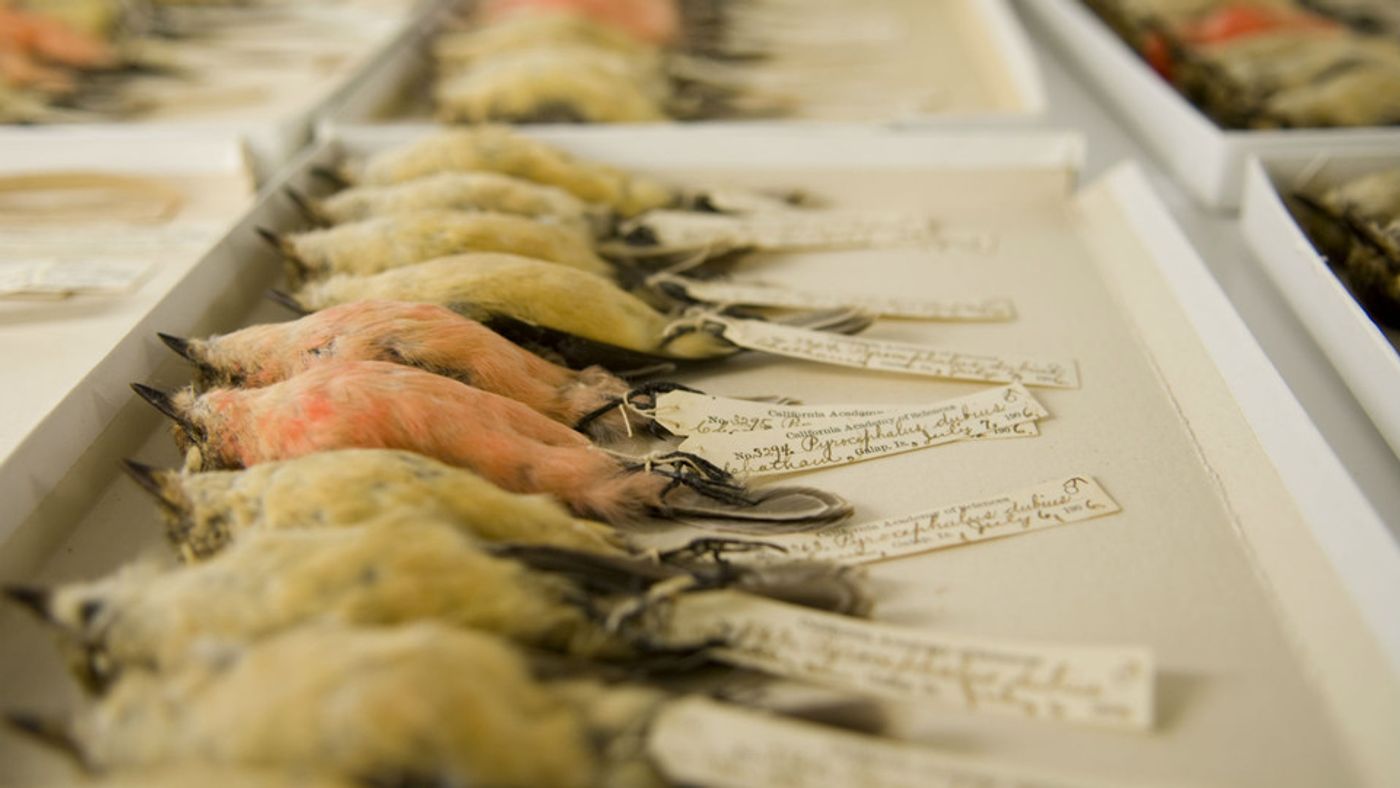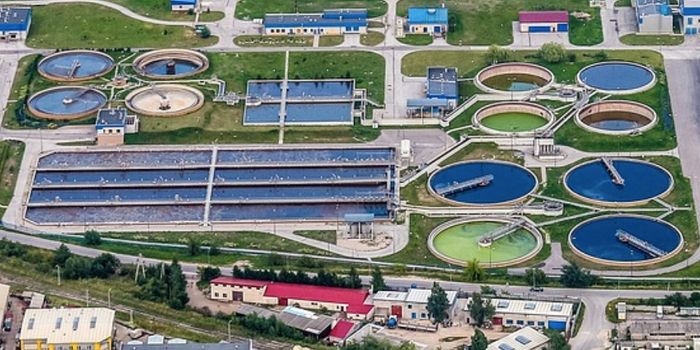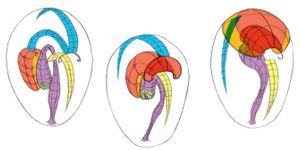This Bird Species is the First Modern-Day Bird Extinction on the Galapagos
The Galapagos Islands have been all the recent buzz swirling around the discovery of a native species of songbird that is thought to have gone extinct.

Image Credit: Jack Dumbacher/California Academy of Sciences
These islands are a place full of unique animals that you won’t find anywhere else in the world, and one them was the San Cristóbal Island Vermilion Flycatcher. It’s believed that the bird went extinct around 1987, since it hasn’t been seen since then, and it’s reportedly the first time in modern time-keeping that a bird species has gone extinct on the islands.
Scientists say the bird was originally considered a subspecies of the Vermilion Flycatcher class, but a genetic analysis led them to categorize the songbird, Pyrocephalus dubius, as its own standalone species from its close relative, Pyrocephalus nanus.
Researchers used an archive of bird specimens from the California Academy of Sciences to come up with their DNA sequencing analysis. Their findings have been published in Molecular Phylogenetics and Evolution.
"Access to museum collections such as the Academy's for pursuing these types of studies is invaluable," said study co-author Christopher Witt. "Preserved specimens can provide the crucial links needed to better understand how life on Earth evolved."
What they found was that of the 12 different subspecies of Vermilion Flycatchers that roam the Galapagos Islands and the Americas, the San Cristóbal Island variant had enough differences to be considered a new species entirely.
Essentially, we already knew that the bird existed before it was believed to have gone extinct in 1987, but it wasn’t recognized as its own independent species before this study was conducted.
How it went extinct is a mystery, but populations of invasive species in the region probably posed a threat to the birds’ eggs and played a role in their inability to reproduce at high enough of a rate.
Although we’re pretty sure that the species is extinct since we haven’t seen them since 1987, there’s a light at the end of the tunnel. No one else is actually out there searching for any remnants of the species, so there could be some hiding in plain sight. At least, that’s the belief of Alvary Jaramillo, another of the study’s co-authors.
“Wouldn't it be great if the San Cristóbal Vermilion Flycatcher weren't extinct? No one is looking, I'm pretty sure of that,” said Jaramillo. “At the very least, this discovery should motivate people to survey and see if there are any remaining individuals of the species hanging on that we don't know about.”
Source: Phys.org








